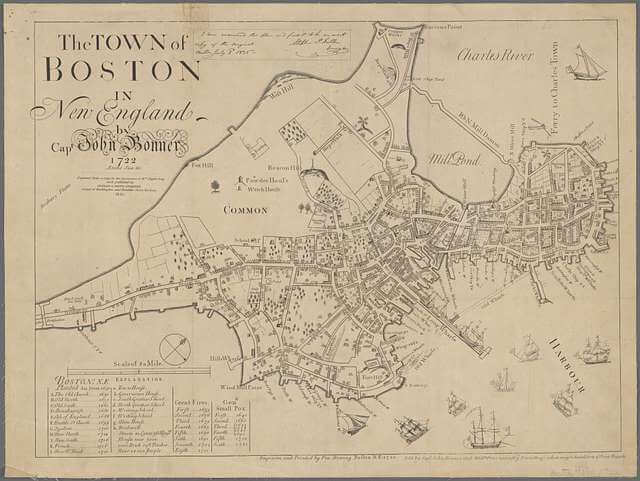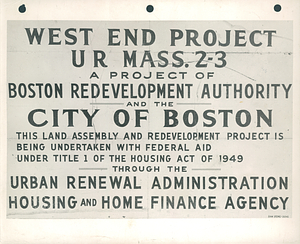Rose Kennedy Greenway
The Rose Kennedy Greenway, completed in 2008, is a network of gardens and public spaces that sits atop a massive underground highway project.







Here stood Boston’s “Highway in the Sky,” so labeled in the 1950s by local media expressing the official hopes for a new elevated expressway.
Boston’s leaders chose to raze hundreds of homes and commercial buildings for the progressive project. The expressway was to decongest Boston’s obsolete and crooked street network and “prune” away decayed portions of the city, inviting new investment downtown.
However, the highway and its supporting structure effectively cut off Boston’s North End and waterfront from the rest of the city, and it came to be regarded as an eyesore. When traffic overwhelmed the expressway, Boston sought federal assistance to enlarge and bury the Central Artery, a project known as “The Big Dig.”
The Rose Kennedy Greenway, completed in 2008, is a network of gardens and public spaces, named for the mother of long-serving, distinguished Massachusetts Senator Edward M. Kennedy and his brothers, President John F. Kennedy and New York Senator Robert F. Kennedy.
The mile-and-a-half Greenway extends from the Leonard P. Zakim Bunker Hill Bridge, past the North End and Wharf District, to Chinatown Gate. The Greenway serenely caps the massive traffic flow along the expressway buried beneath it.
The “Big Dig,” a reconstruction of three-and-a-half miles of expressway, completed in 2007, became known as America’s most expensive public works project. Today, traffic is routed underground, and now parks reconnect downtown Boston to the city’s historic North End, wharves, and waterfront.

 Towards Beacon Hill
Towards Beacon Hill






























